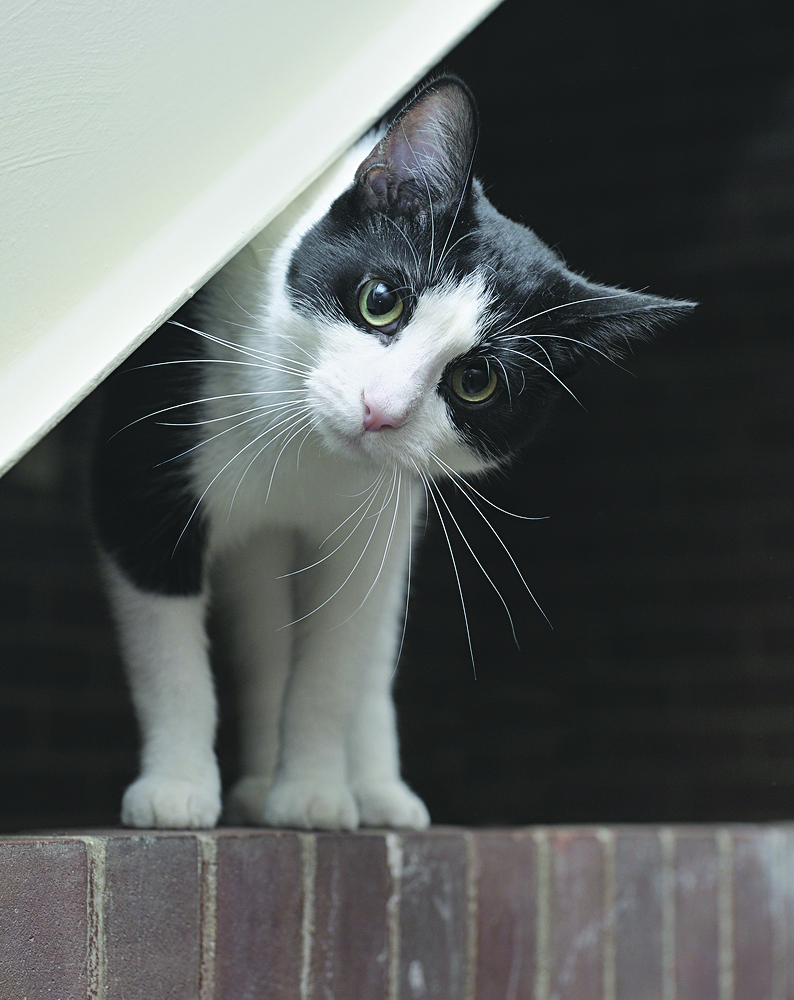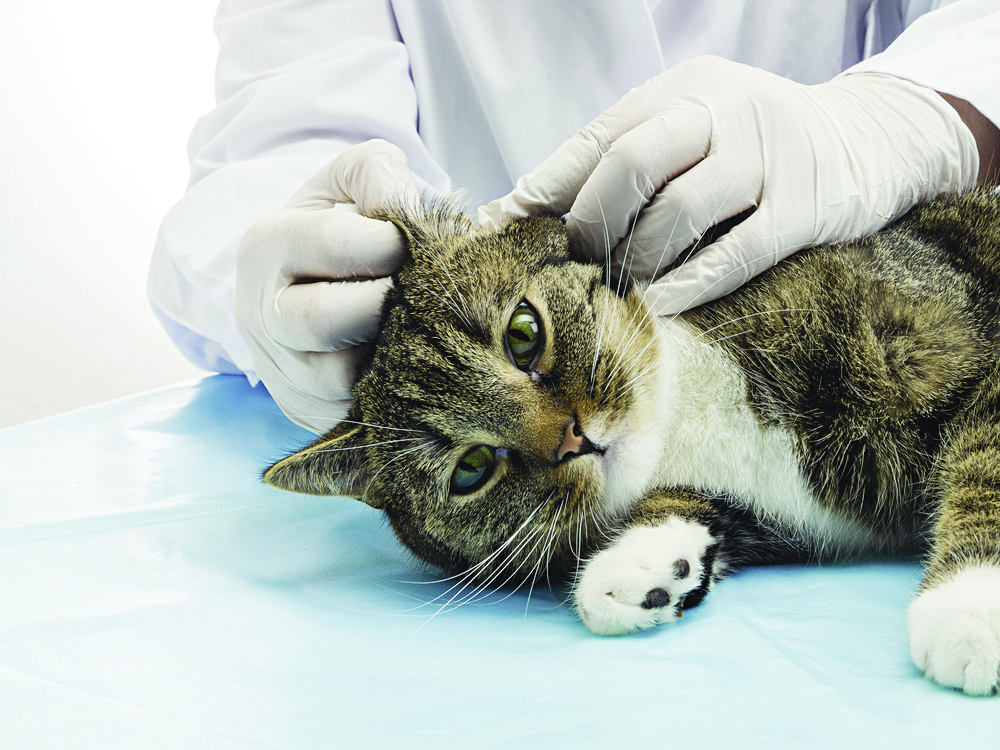In the past, I oversaw students doing their internship rounds in Companion Animal Medicine, which we used to call Companion Animal Clinics. At one point, I was imparting lessons on how to work on a patient efficiently.
We had a Cat patient who had previously recovered from a non-specific bacterial infection, and the feline had a new problem: a head tilt.
I had to demonstrate to one mentee that the first order was to rule out neurotoxicity to the antibiotic that was previously prescribed. The next step was to talk to the Cat’s human companion.
A brief explanation was done to cover the implications and the client’s choices. We asked about the Cat’s age, way of life, environment, previous disease, and surgeries. Then, we performed a thorough physical palpation for lymph nodes — their size, location, and the presence of pain upon touch.

NERVOUS SYSTEM TESTS
There are 12 pairs of cranial nerves that extend from specific segments of the brainstem to the left and right sides of the head. After ruling out ototoxic and neurotoxic drugs, I went to a basic neurologic evaluation to focus on the issue, which was the head tilt.
Going straight to the first cranial nerve, I did a smell test. I asked the human if the Cat had ever had difficulty finding food or avoiding harsh odors.
The second was the optic nerve, which was usually tested in animals with known convulsive disorders. If an animal had an injury or lesion here, they might not be able to see. The nerve was involved in the menace and pupillary light reflexes.
It must be noted that in large mammals, like Foals and Calves, these reflexes are present 7 to 10 days after birth. However, in Dogs and Cats, it may not be present until the 10th to 12th week.
I examined the Cat, including a few spinal reflexes: the pedal flexor reflex and the patellar reflex. Everything checked out as normal in response to stimuli. I then ruled out central nervous system involvement.

ONE FINAL TEST
As part of my fidelity to ethics, I was about to refer the Cat to the nearest veterinarian for proper diagnosis as well as treatment and other appropriate measures. But before I did, I turned to the owner and said, “I need to do one more test.”

I turned to my mentee and told him to perform an ear swab test with microscopy. True enough, the Cat was positive for a parasite called Otodectes sp., more commonly known as ear mites.
GOOD CLINICAL EYE
Not all tests need to be done as they could be a waste of time and money. Sometimes, all that is needed is a keen clinical eye. As a veterinarian sharpens their diagnostic skills, they help clients develop trust, making them feel cared for. This also helps reduce discomfort for the animals who no longer need to do unnecessary and potentially scary tests.






